Swiss drone-assisted wheelchair showcases AI’s promise and problems
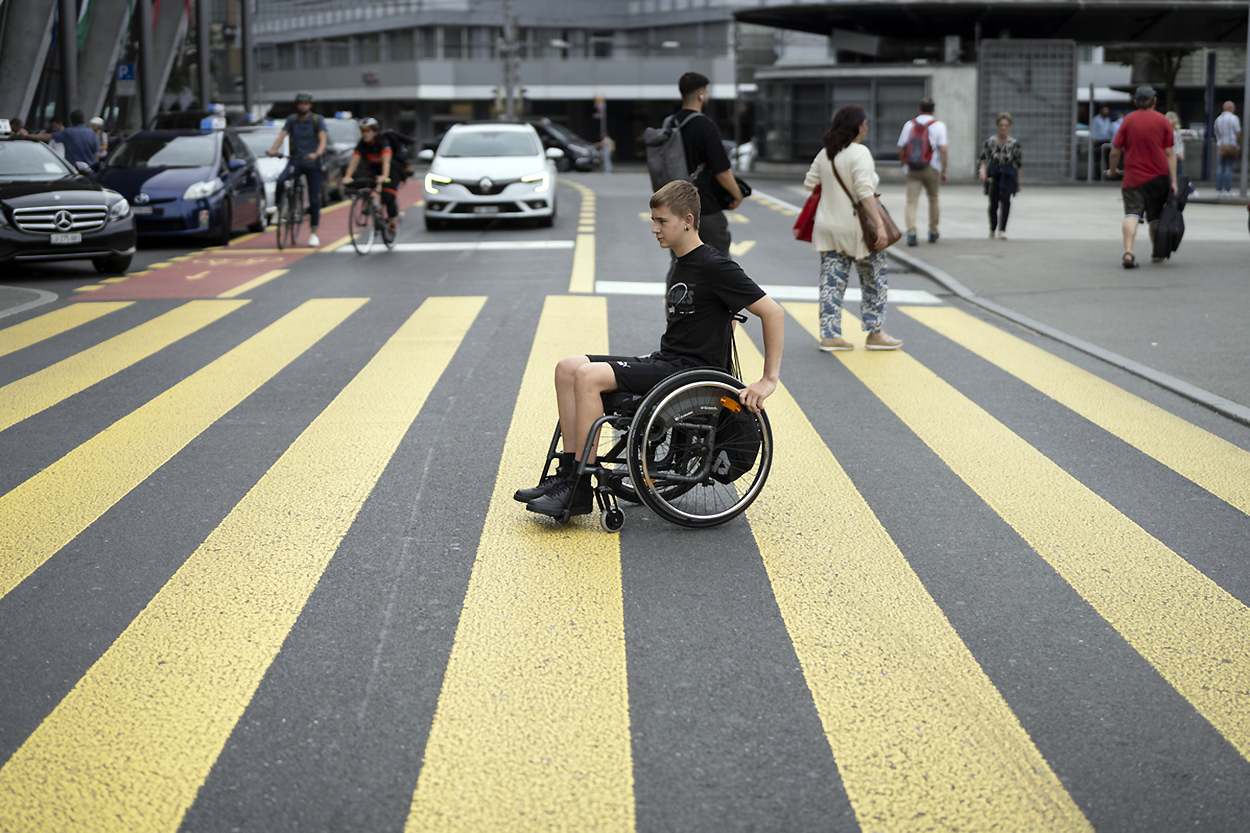
A wheelchair guided by artificial intelligence and drones is being developed by a Swiss-based research group to help enable people with disabilities to lead more independent lives and feel more included in society. But many technical, ethical and legal obstacles remain.
Living a normal life, choosing where to live, being able to integrate into society: this is what people with disabilities in Switzerland are asking for in a popular initiative called ‘for inclusion’. Organisers say that the 1.7 million disabled people in the Alpine country remain deprived of the basic rights that those without disabilities enjoy, such as freedom of movement.
Researchers at multiple Swiss and international universities are working on solving the issue through technology. One such award-winning projectExternal link aims to develop drone-assisted self-driving wheelchairs.

More
How can we ensure safe and fair AI in healthcare?
“We are optimistic that our solution will enable people with physical and sensory disabilities to move around independently, without being carried like objects,” says Francesco Flammini, head of the research team leading the European Union and Swiss government-funded project at Lugano’s Dalle Molle Institute for Artificial Intelligence.
Flammini’s team is collaborating with several other European universities to realise what he calls the “disruptive” idea of creating an intelligent tool that could allow people with disabilities to carry out everyday activities – such as going to work, to the doctor or visiting friends – without the need for assistance.

The ‘transformative technology’ of smart wheelchairs
“A smart wheelchair is a transformative technology for people with serious disabilities who are often confined to bed and unable to move around,” confirms Benjamin Kuipers, professor emeritus of electrical and computer engineering at the University of Michigan in the United States.
Kuipers has worked for years with his team in the development of intelligent robotic wheelchairs with the goal of benefiting between two and five million disabled people in the US. In doing so, he has thought hard about the ethical issues involved, such as the question of whether robots can be trusted to perform tasks autonomously. “To collaborate with the human being, the robot has to be trustworthy,” Kuipers says.
Benjamin Kuipers and two of his students illustrate their intelligent robotic wheelchair in a video:
The challenge of solving these crucial ethical issues is why many of the innovative ideas developed in academia have not yet reached the commercial stage. Both Kuipers’ and Flammini’s wheelchair projects therefore face a long road to implementation.
“The challenges we face are very big. We are developing something that will take several years to industrialise,” says Flammini.

The challenge of autonomous road crossing
Getting a wheelchair to cross the road safely and autonomously is one of the biggest challenges facing developers. Flammini’s research group tested crossing at the software level, simulating various real-life scenarios (rain, fog, poor visibility), and proved that it can work, even in the case of people with mental and sensory disabilities such as visual impairment. This is made possible by a series of on-board sensors and cameras, just like autonomous cars. With the help of drones – pioneering part of the Swiss-based project – the wheelchair can assess the scenario and the danger threshold from different angles and perspectives, before deciding whether to cross the road.
“The advantage of drones is that they can move and can also fly around corners and beyond the human observation point,” says Flammini. To decide whether it’s safe to cross, the system calculates the risk threshold with a mathematical function.
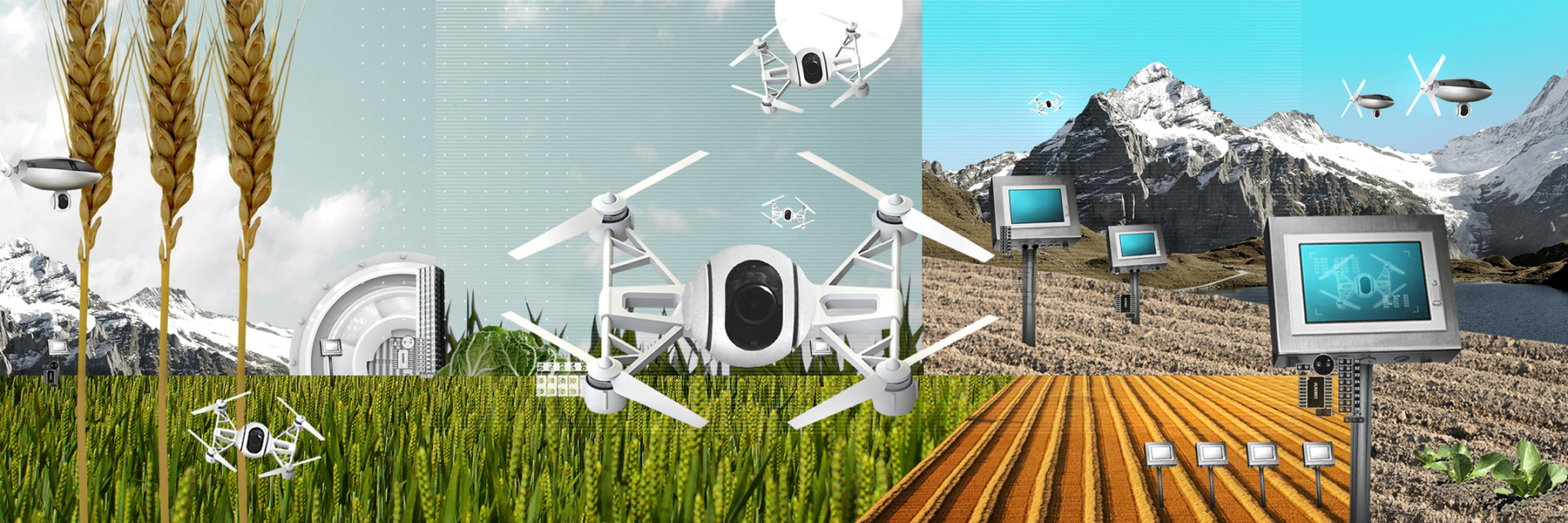
More
Switzerland – where the robots of tomorrow are born
Drones: too intrusive, or crucial for safety?
But Kuipers has doubts about the feasibility of the Swiss project.
“People with disabilities do not want to attract everyone’s attention. A wheelchair surrounded by drones is very conspicuous,” says the US-based professor. Kuipers thinks that the Lugano research team should pay attention to this aspect and consult with potential users.
Flammini, on the contrary, believes that the safety of autonomous devices depends on using as much information as possible, including what drones can provide. “The more sensors we have, the more information we have and this increases the reliability of the robot’s decisions,” says Flammini.
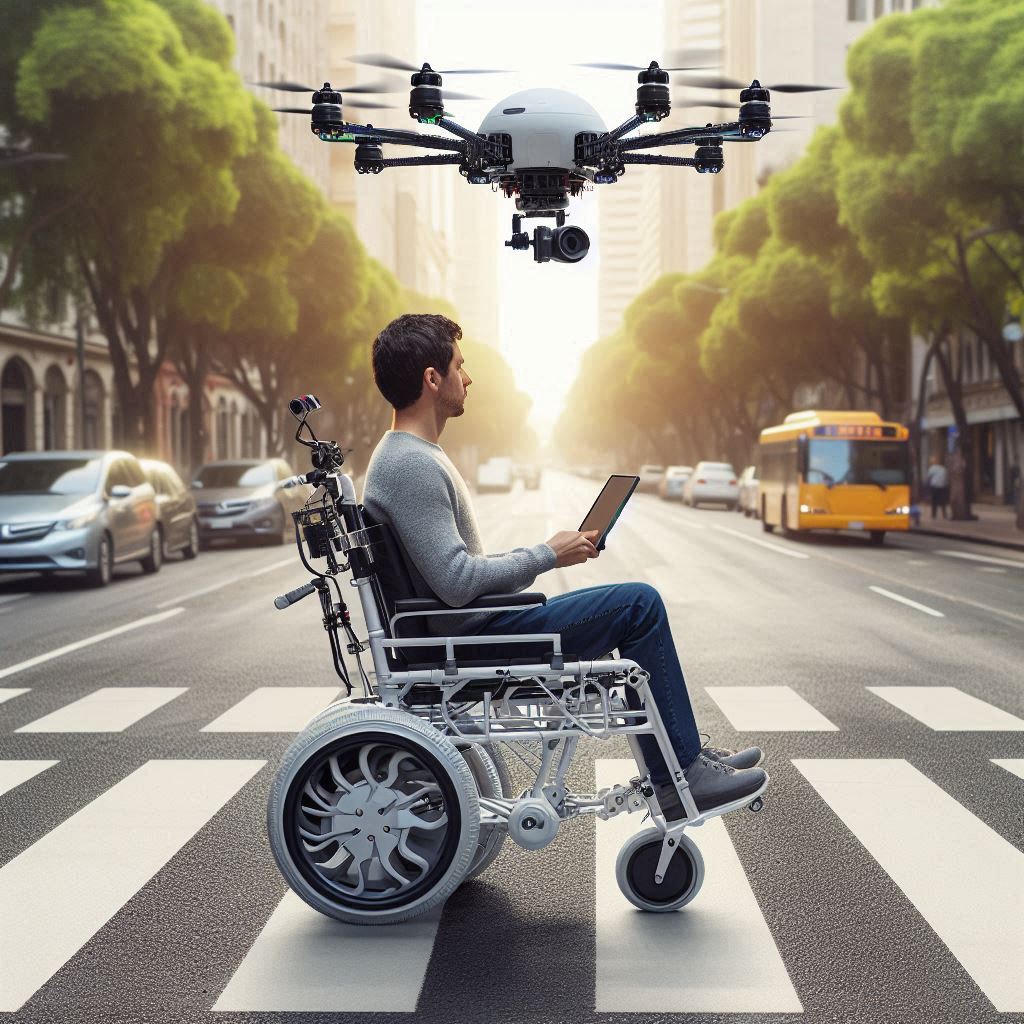
‘You can’t trust AI systems if you don’t know how they work’
While AI-based systems controlling self-driving trains or nuclear power plants are complex, they follow simple principles. AI systems applied to wheelchairs, on the other hand, operate in complex environments and their actions are not always fully explainable. If the system is not transparent, when an accident occurs, it is difficult to understand who is at fault and what happened. The same complications apply to self-driving cars.
“You can’t trust systems where you don’t know how they work,” says Flammini. The researcher and his team have tried to solve the problem by explaining most processes through mathematical formalisms, such as the road-crossing function. But in part, their system still relies on deep learning, which often contains biases in the data. “For example, if an AI system has to recognise a wolf from a dog and is only trained with images of wolves in the snow, it will hardly recognise it in other contexts,” the researcher explains.
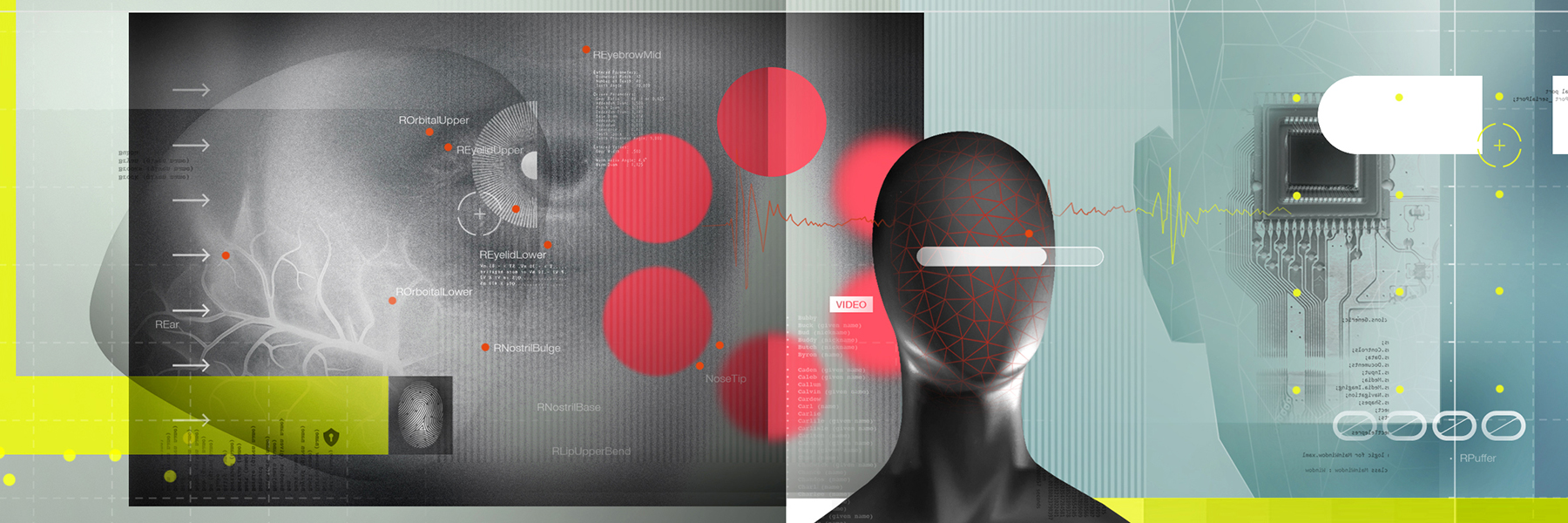
More
The ethics of artificial intelligence
Ethics and the legal impasse
The system’s lack of transparency leads to both functional and legal problems because it is difficult to attribute responsibility in the event of an error or accident.
“Where is the error? In the software, in the sensors? Is it the fault of the company or some third party? Opaque systems cannot be used in critical contexts,” Flammini emphasises. To be acceptable, the probability of an accident must also be calculable and remain below a certain threshold. For trains and planes, we talk about a probability of “less than 10 to the minus 9”, a figure that AI systems cannot currently guarantee, Flammini explains.
This threshold determines whether a robot is truly reliable, which is a central question when it must collaborate with humans.
“The human delegates part of the responsibility to the robot to take him to the doctor or to work, trusting that he will avoid dangerous situations. For this, the robot must be reliable,”says Kuipers. At the same time, the robot must refuse to perform voluntary or involuntarily deadly commands such as going down a ladder or out of a window. “These are really important ethical issues.”
An additional challenge for Flammini’s wheelchair project is that no legislation currently exists for regulating the flight of drones in public and urban spaces.
Robots at the service of humans
Despite the many obstacles, the Lugano-based researchers are confident that they are heading in the right direction.
“Our visionary and disruptive project opens up new perspectives on how to support people with disabilities and improve their inclusiveness and autonomy,” says Flammini.
Kuipers sees the technology’s biggest opportunity in using the robot as a tool for scientific investigation, for example to explore and map spatial environments or to better study the interaction between man and machine. “The human being is always in charge. The robot must live and exist to serve us,” he says.
Edited by Veronica De Vore/sb
More

In compliance with the JTI standards
More: SWI swissinfo.ch certified by the Journalism Trust Initiative






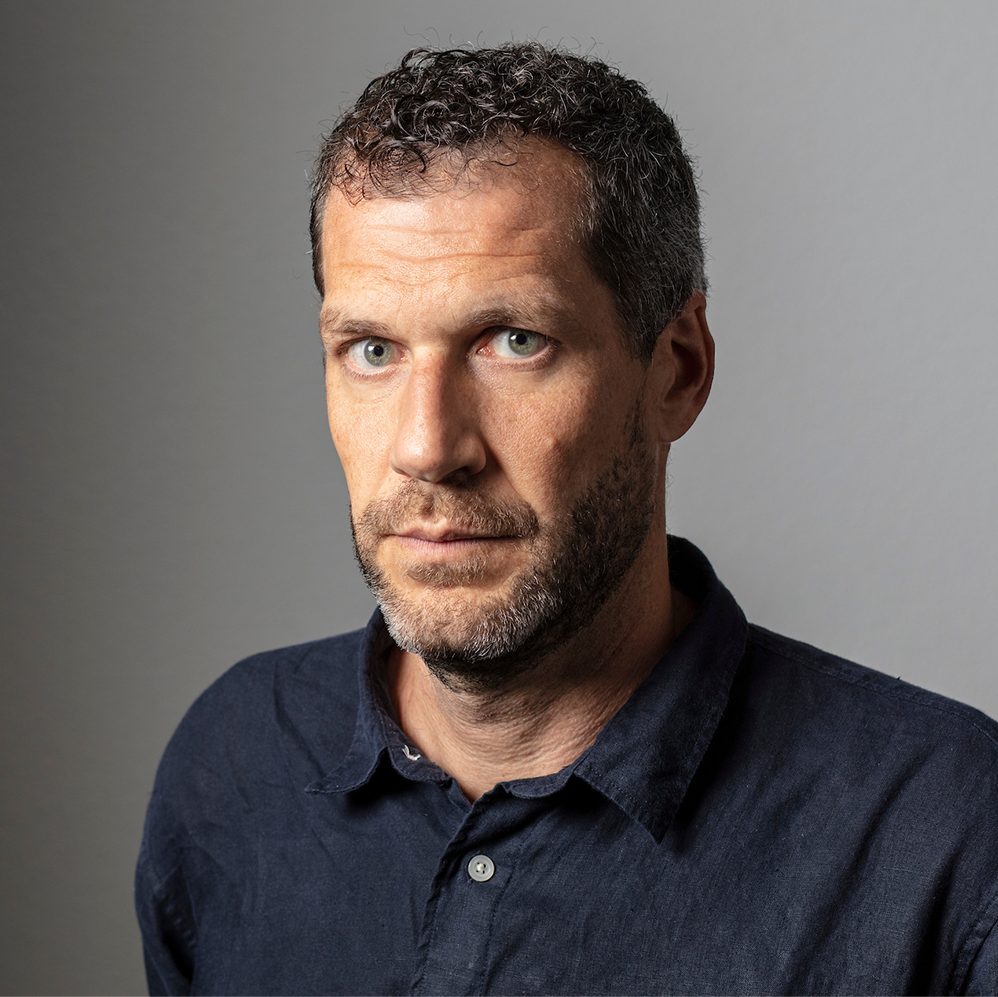



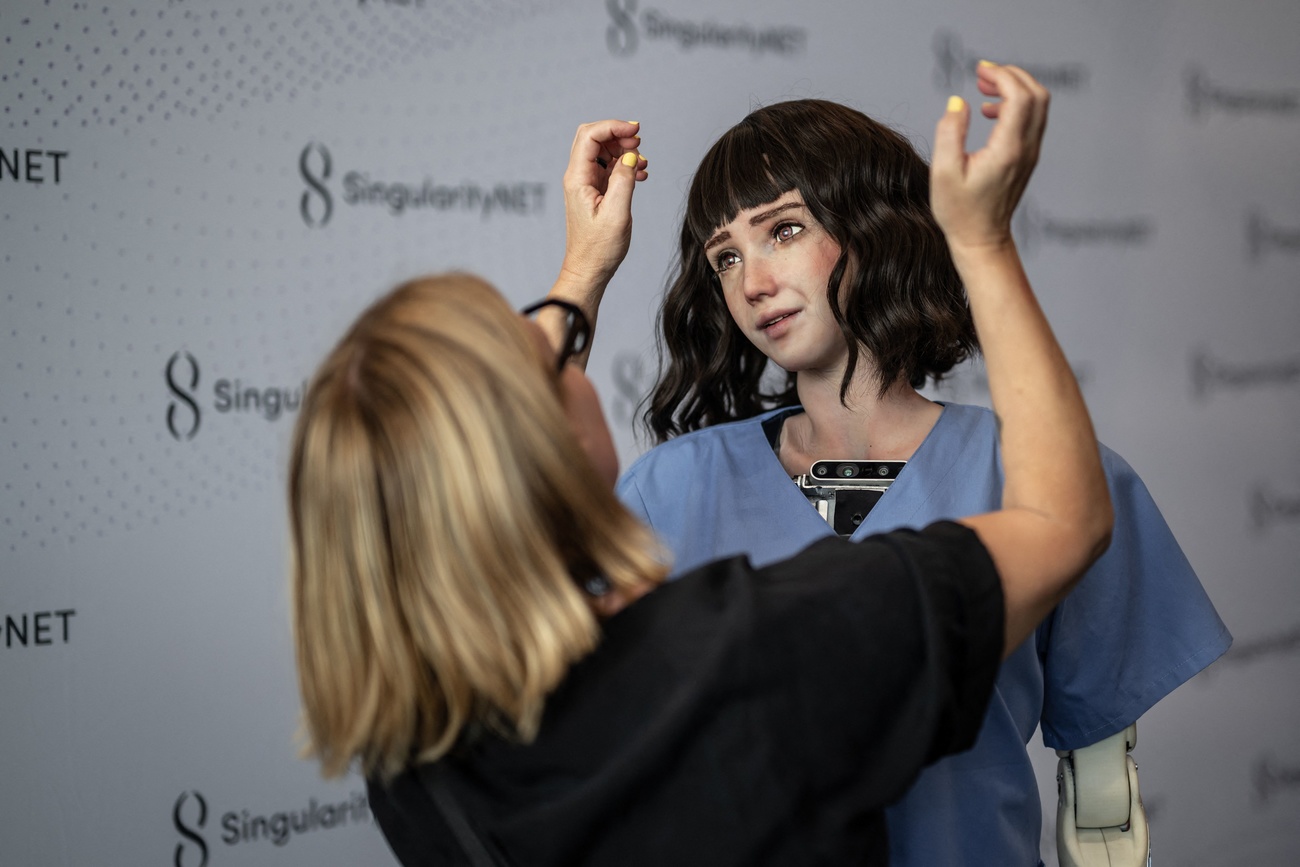

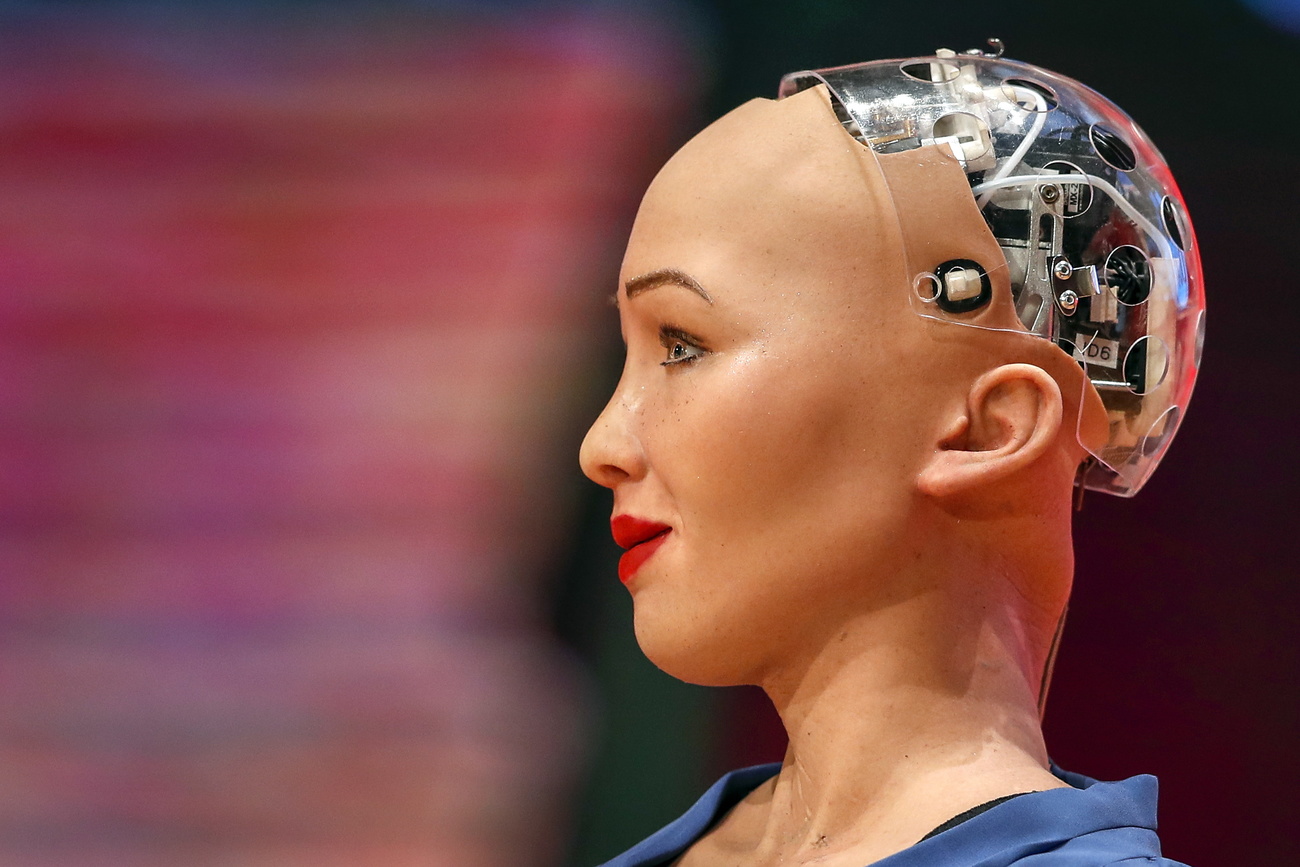
You can find an overview of ongoing debates with our journalists here . Please join us!
If you want to start a conversation about a topic raised in this article or want to report factual errors, email us at english@swissinfo.ch.